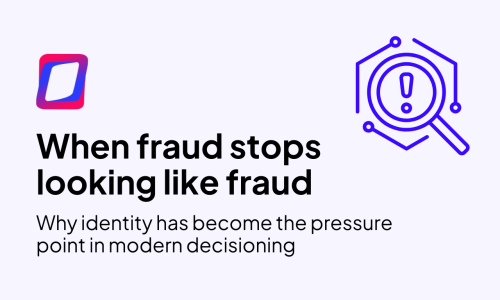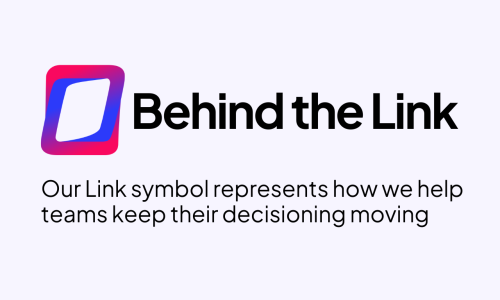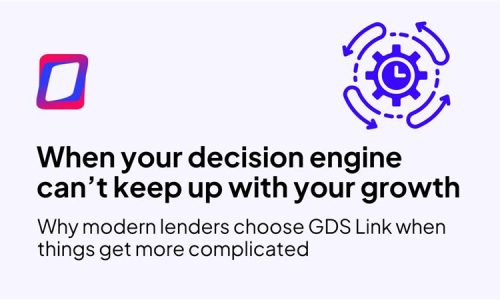Trended Data in Lending: Benefits, Challenges, and Best Practices
The use of trended data in lending has gained popularity in recent years. This is due to recognizing the benefits of using this type of data, making more informed lending decisions, and identifying patterns of financial behavior that may not be apparent from a traditional credit report.
In 2016, the Consumer Financial Protection Bureau (CFPB) and FICO proposed using trended data for the three major credit reporting companies, Equifax, Experian, and TransUnion. Today, lenders can access trended data through these credit reports.
As a lender, it is critical to understand a consumer’s credit behavior and evaluate whether it is improving or declining over time. To do this effectively, lenders must familiarize themselves with the basics of trended data, its benefits, and the challenges of using it.
Understanding the Basics: What is Trended Data?
Trended data is a historical record of a borrower’s credit history over time; this includes information on a borrower’s credit card balances, loan payments, and credit utilization over a given period. It also provides information about the account’s age, type, credit limit, and balance. By providing a complete view of a borrower’s credit behavior, trended data can help lenders identify patterns that may not be evident from a traditional credit report and make more informed lending decisions.
Unlocking the Power of Trended Data: The Top Benefits for Lenders
Trended data provides lenders with a comprehensive view of a borrower’s financial behavior. With this data, a lender can make a well-informed decision on loan approval, considering the borrower’s credit score, credit card balances, and other financial activities. Trended data provides a multitude of benefits, including:
Identifying patterns and trends over time: By analyzing trended data, lenders can recognize patterns and trends in a borrower’s financial behavior. This information can be used to forecast future performance and make informed decisions about loan approval.
Detecting Anomalies: Trended data can help detect anomalies or deviations from the norm, indicating potential issues or opportunities. By analyzing this information, lenders can make well-informed loan approval and risk management decisions.
Tracking Progress: Using trended data allows lenders to track progress over time, making it possible to measure the effectiveness of various strategies or initiatives. This information can continually improve loan approval processes and risk management.
Benchmarking: Trended data can be used to compare performance over time, which is useful for benchmarking against industry standards or past performance. This information can help lenders make informed decisions on loan approval and identify areas for improvement.
Identifying Cause and Effect: Trended data analysis can reveal the cause and effect of various factors on performance. This information is crucial for making informed decisions about loan approval and identifying areas for improvement. It can also continuously monitor and improve the lender’s loan approval process.
5 Essential Best Practices for Incorporating Trended Data in Lending Decisions
To make the most of trended data in lending, lenders must follow these key practices:
- Knowledge of the data: Understanding the collection process, significance, and application of trended data is crucial in making informed lending decisions.
- Multiple Data Utilization: Use a combination of data sources instead of relying solely on trended data.
- Contextual Assessment: Consider trended data with other information about the borrower, like credit score, income, and employment history.
- Defined Policy for use: Have a clear policy for integrating and using trended data in lending decisions, including risk assessment.
- Continuous Monitoring: Regularly evaluate the impact of trended data in lending decisions and make changes as needed to ensure it is used effectively.
Navigating the Challenges of Trended Data: Strategies for Success
Trended data can be a goldmine of information, giving lenders a comprehensive view of a borrower’s credit behavior and enabling them to make informed lending decisions. However, working with trended data can be a complex process that requires specialized techniques and approaches. Here are some common challenges lenders may face and how they can overcome them:
Missing Data Points: When data points are missing, lenders can use imputation techniques to estimate values based on the surrounding data.
Outliers: Outliers can skew results, so it’s crucial to identify and address them using robust statistical techniques that are less sensitive to outliers.
Seasonal Variations: Some data may have regular patterns in which the values change at a predictable frequency. Seasonal variations can be removed by using seasonal decomposition of time series methods.
Non-Stationary Data: Non-stationary data can make forecasting and comparisons challenging. To overcome this, lenders can use differencing or trend-removal methods to stabilize the data and make it more stationary.
To get the most out of trended data, lenders must have a clear understanding of the data and a well-thought-out strategy to navigate any challenges. The result is a more in-depth view of a borrower’s credit behavior over time and a better ability to make informed lending decisions. Trended data can be a valuable asset for lenders looking to assess a borrower’s creditworthiness, but it’s crucial to have the right tools and techniques to use it effectively.
The Numbers Don’t Lie
Not all scores are the same, and the need for trended data has increased dramatically in the last 18-24 months. Inside the Lending Link episode: The Numbers Don’t Lie (Right?): The State of Lending and What to Trust in 2023, Tom O’Neill, a risk advisor with Equifax where he leads consulting engagements for clients across Equifax’s 23-country footprint, discusses the value added by incorporating trended data and so much more!
Watch the episode now and schedule a demo with us to see how we can help you stay ahead of the game in the lending industry.
Request a demo button to schedule your personal demonstration today.
Recent articles

When Fraud Stops Looking Like Fraud
Read article
Behind the Link
Read article





